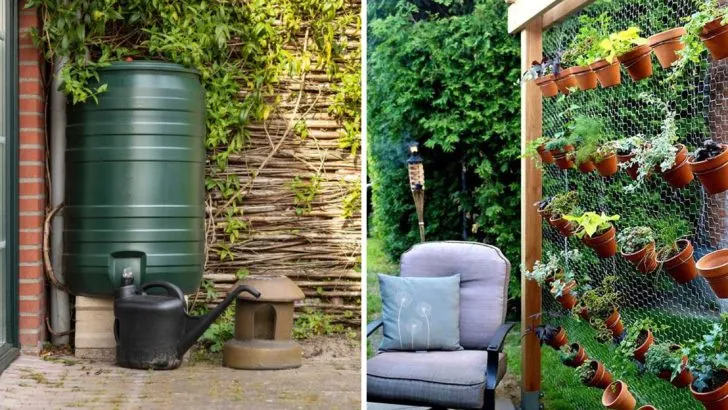Sustainable gardening is more than just a trend—it’s a movement that’s changing the way we approach growing food and tending to our green spaces. By adopting eco-friendly practices, we can help conserve resources, reduce waste, and improve the overall health of our community gardens. Small changes can have a big impact, from composting to using native plants that require fewer chemicals.
If you’re looking to make your community garden more sustainable, there are plenty of simple yet effective practices to consider. These 19 ideas will help you reduce your environmental footprint while creating a more vibrant and thriving space for everyone to enjoy. Let’s dive into some of the best ways you can start making a difference right in your own garden.
Composting
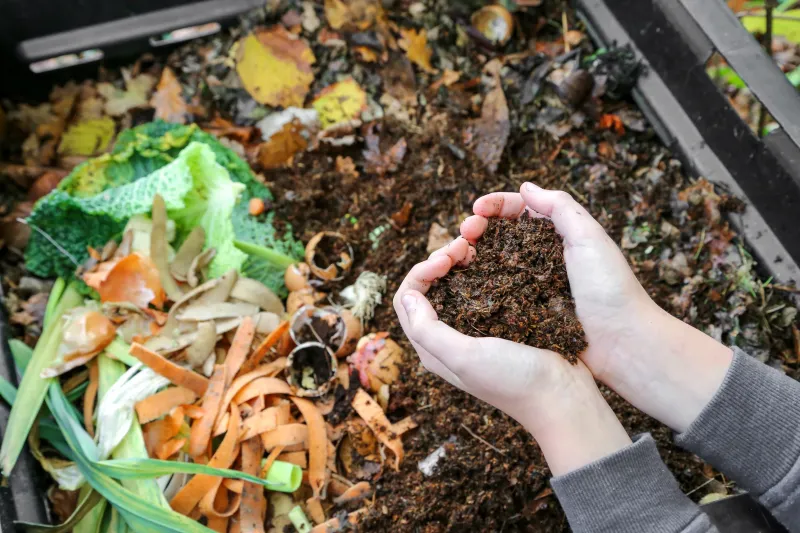
Composting is a natural process where organic waste is transformed into nutrient-rich soil. This practice not only reduces landfill waste but also enriches the garden soil.
By setting up a communal compost bin, gardeners can dispose of vegetable scraps, leaves, and other organic materials efficiently.
The resulting compost can then be used to enhance soil quality and boost plant growth. Engaging the community in composting not only promotes sustainability but also fosters collaboration and learning.
Participants can rotate responsibilities, making it a fun, shared experience.
Rainwater Harvesting
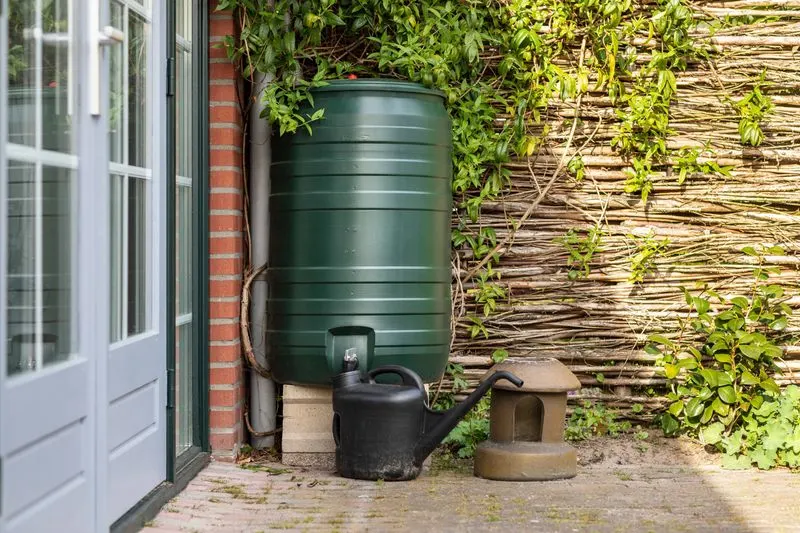
Rainwater harvesting involves collecting and storing rainwater for garden use. This practice conserves water and reduces reliance on municipal sources.
Installing rain barrels under downspouts allows gardeners to capture rainwater efficiently. This method provides a sustainable water source, especially during dry spells.
Using rainwater in the garden helps conserve treated water and is beneficial for plants due to its chemical-free nature. Encouraging community members to adopt this practice can lead to significant water savings and environmental benefits.
Native Plant Selection
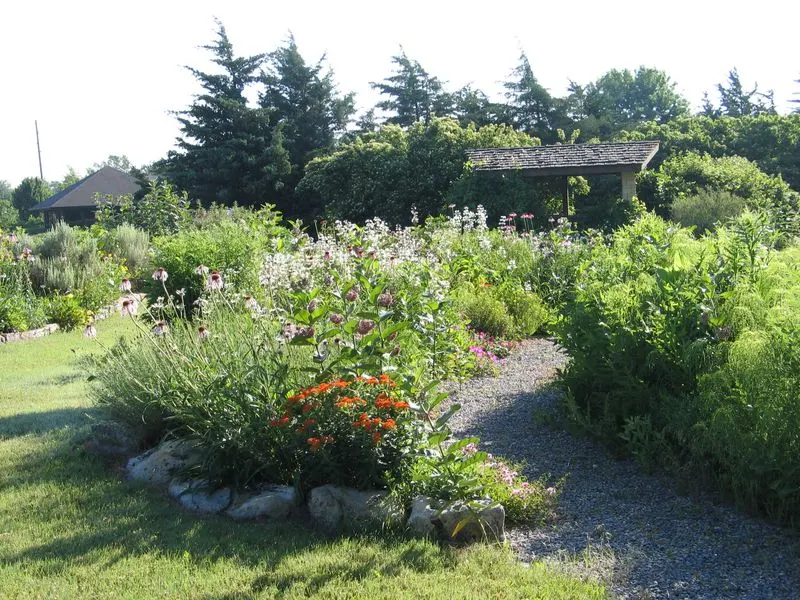
Choosing native plants is crucial for a sustainable garden. These plants are adapted to the local climate, needing less water and care compared to non-native species.
Native plants support local biodiversity by providing habitats for pollinators like bees and butterflies. They also contribute to the ecosystem’s balance.
Involving community members in selecting native plants can enhance awareness of local flora and promote environmental stewardship. This practice fosters a resilient garden that thrives with minimal intervention.
Organic Pest Control
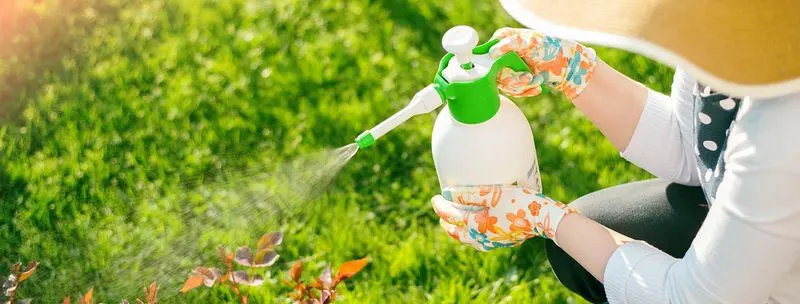
Organic pest control involves using natural methods to manage pests. Avoiding chemical pesticides helps preserve beneficial insects and soil health.
Introducing natural predators like ladybugs or using neem oil sprays can effectively control pests. Encouraging companion planting also deters harmful insects.
Educating the community about these methods fosters an eco-friendly approach to gardening. Gardeners can share tips and experiences, leading to a healthier and more sustainable garden environment.
This practice not only protects plants but also enhances the garden’s biodiversity.
Soil Health Management
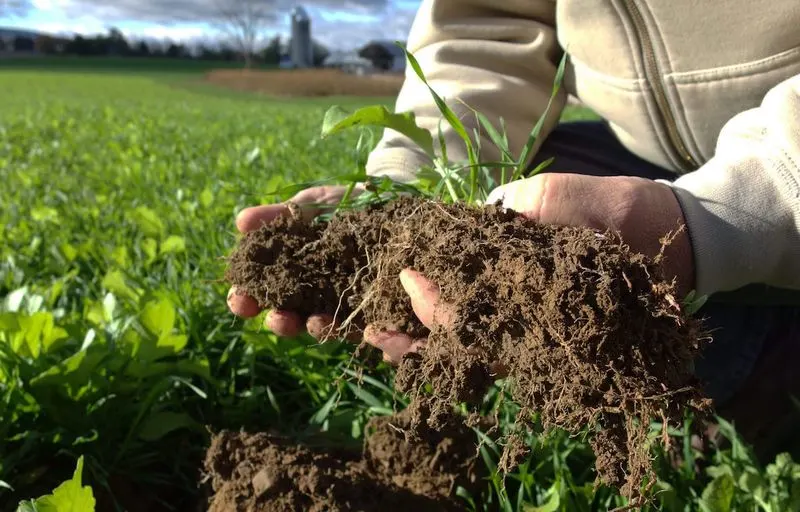
Managing soil health is vital for a sustainable garden. Healthy soil supports robust plant growth and reduces the need for chemical fertilizers.
Practices like adding compost, rotating crops, and using cover crops enhance soil fertility. Testing soil regularly helps gardeners understand its needs and make informed adjustments.
Engaging community members in soil management workshops can increase knowledge and improve practices. This collective effort ensures the garden remains productive and sustainable, benefiting both plants and people.
Water-Conserving Techniques

Water-conserving techniques are essential for sustainable gardening. Methods like drip irrigation and mulching help reduce water usage without compromising plant health.
Drip irrigation delivers water directly to plant roots, minimizing evaporation. Mulching retains soil moisture and suppresses weeds, enhancing water efficiency.
Teaching the community about these practices can lead to significant water savings and environmental benefits. By adopting these techniques, the garden can flourish even in times of water scarcity, ensuring a resilient and sustainable growing environment.
Pollinator-Friendly Habitats
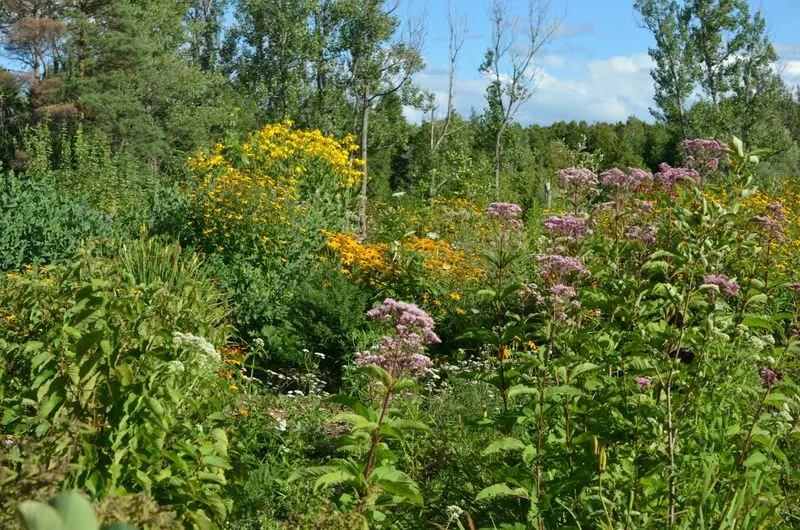
Creating pollinator-friendly habitats supports biodiversity and plant health. Pollinators like bees and butterflies are crucial for plant reproduction.
Planting a variety of flowers that bloom at different times ensures continuous food supply for pollinators. Installing bee houses and butterfly feeders also supports these essential creatures.
Involving the community in creating these habitats fosters appreciation for pollinators’ role. This practice enhances the garden’s beauty and productivity, while promoting environmental stewardship.
It’s a joyful way to engage with nature and support local ecosystems.
Vertical Gardening
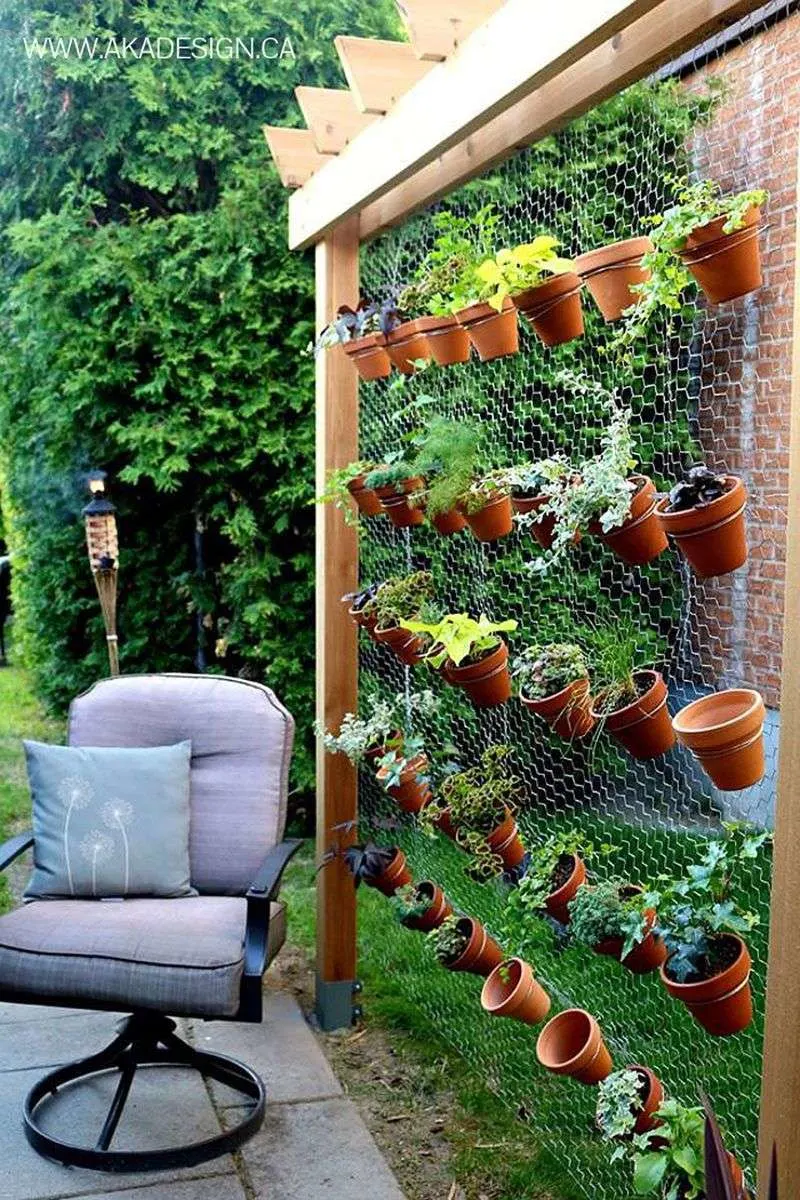
Vertical gardening maximizes space and adds visual interest to the garden. This method is ideal for small spaces or urban environments.
Using structures like trellises or wall-mounted planters, gardeners can grow a variety of plants, from herbs to tomatoes. Vertical gardens can also improve air circulation and reduce pest issues.
Encouraging community members to experiment with vertical gardening can inspire creativity and resourcefulness. This practice not only optimizes space but also creates a lush, green atmosphere in the community garden.
Seed Saving
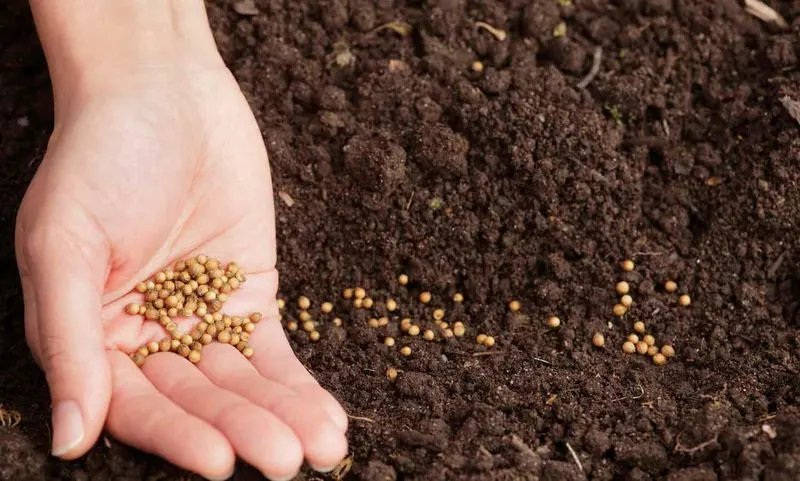
Seed saving is a sustainable practice that preserves plant diversity and heritage. By collecting and storing seeds, gardeners can grow plants adapted to local conditions.
This practice reduces reliance on commercial seeds, promoting self-sufficiency. It also helps maintain unique plant varieties, supporting biodiversity.
Organizing seed-saving workshops in the community garden can enhance skills and knowledge. Sharing seeds among members encourages collaboration and fosters a sense of connection to the gardening tradition.
It’s a rewarding way to contribute to the garden’s sustainability.
Perennial Planting
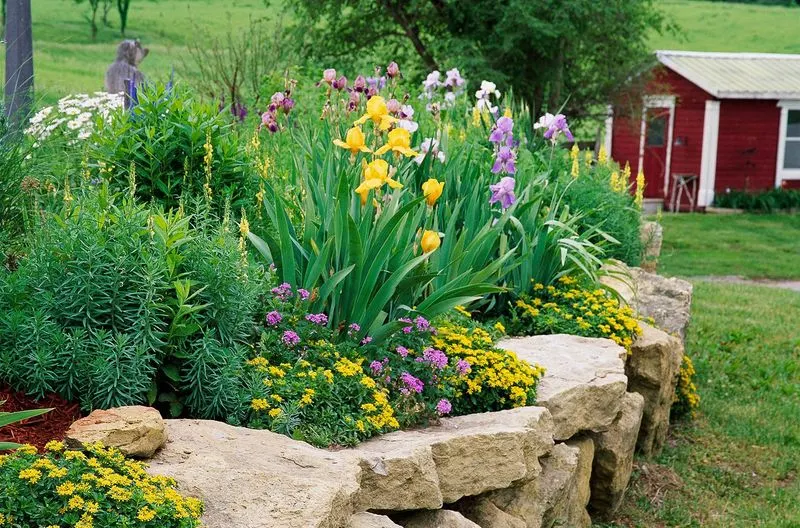
Perennial planting involves using plants that return year after year, reducing the need for replanting. These plants often require less maintenance and resources.
Perennials provide continuous cover, improving soil health and reducing erosion. They also offer habitats for beneficial insects and wildlife.
Engaging the community in selecting and planting perennials can enhance the garden’s sustainability and aesthetics. This practice promotes a long-term vision for the community garden, ensuring it remains vibrant and productive through the seasons.
Mulching
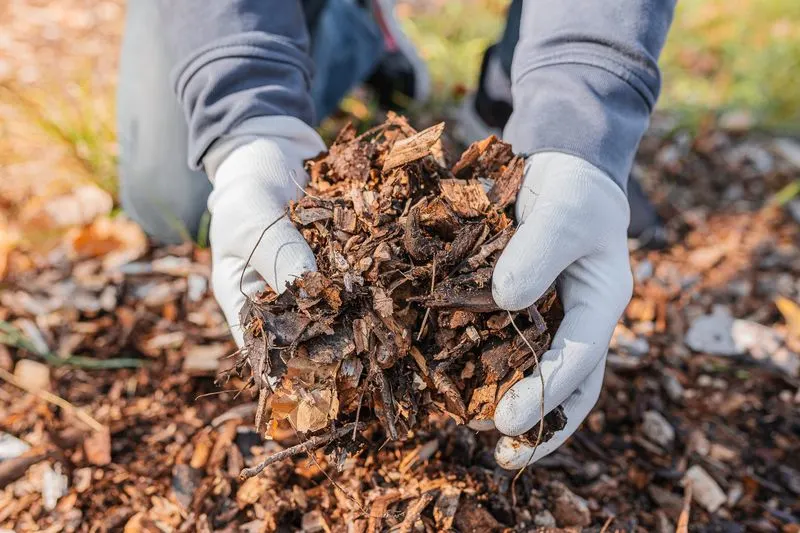
Mulching involves covering the soil with organic materials like straw or wood chips. This practice helps retain soil moisture and suppress weeds, benefiting plant growth.
Mulch also improves soil health as it decomposes, adding nutrients. It acts as an insulating layer, protecting roots from extreme temperatures.
Involving the community in mulching activities can enhance awareness of soil conservation techniques. Mulching is a simple yet effective way to promote sustainability in the garden.
It ensures a healthier growing environment for all plants, contributing to the garden’s overall success.
Crop Rotation
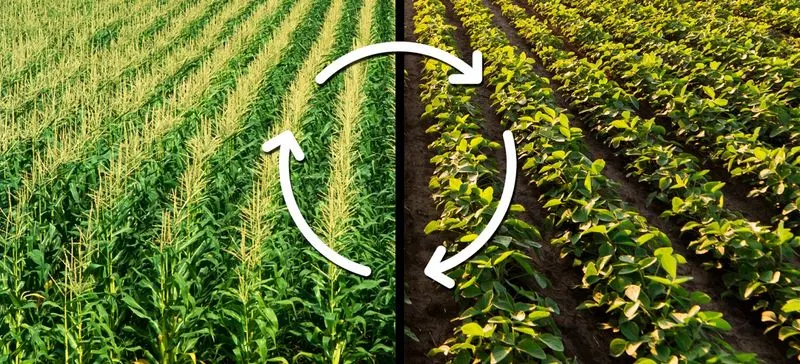
Crop rotation is the practice of growing different crops in succession on the same plot. This method prevents soil nutrient depletion and reduces pest and disease risks.
Rotating crops disrupts pest life cycles and balances soil nutrients, improving overall soil health. It’s an effective way to manage the garden sustainably.
Educating the community on crop rotation techniques encourages informed gardening. This practice can lead to healthier plants and more bountiful harvests, benefiting the entire community garden.
It’s a proactive approach to maintaining a thriving garden ecosystem.
Community Involvement
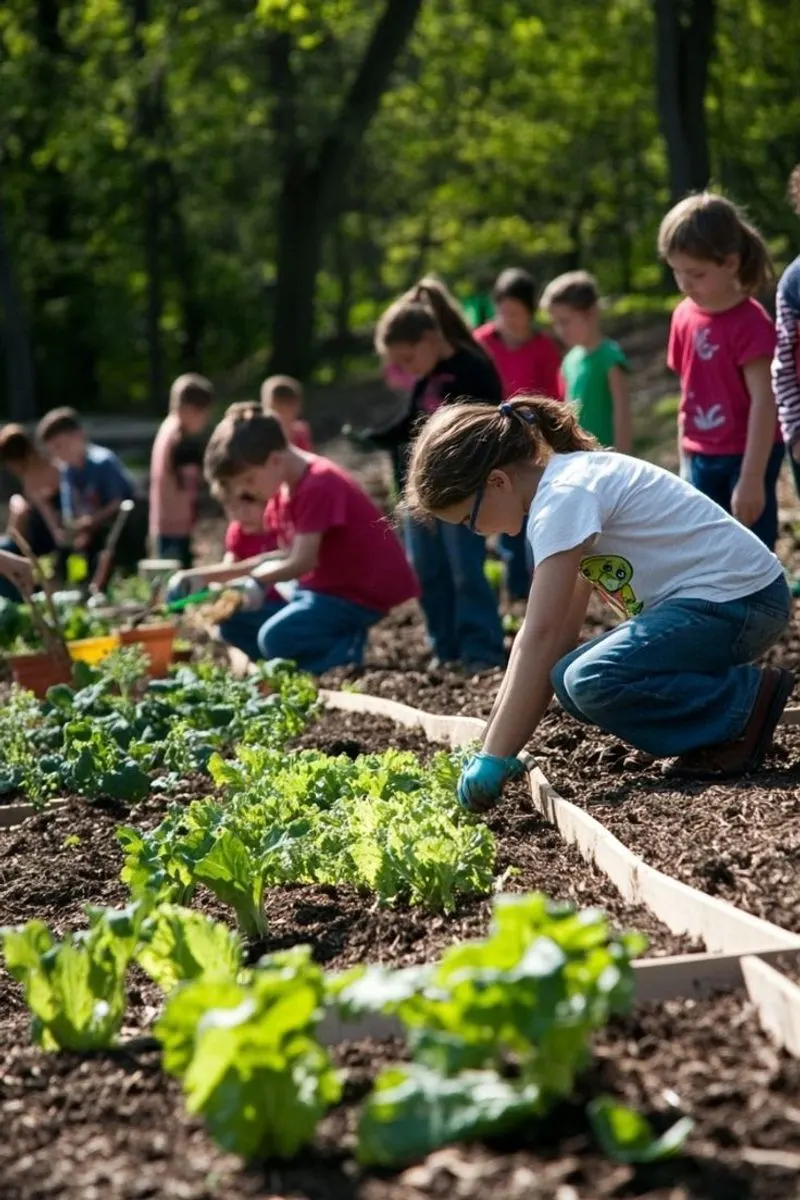
Community involvement is key to a successful and sustainable garden. Engaging members in planning, planting, and maintaining the garden fosters a sense of ownership and collaboration.
Organizing regular meetings and events encourages participation and knowledge sharing. These interactions build a vibrant community spirit, enhancing the gardening experience for all.
Creating a welcoming environment for volunteers and visitors promotes inclusivity and respect for nature. This collaborative effort ensures the garden thrives as a shared resource, benefiting everyone involved while promoting sustainable practices.
Integrated Pest Management
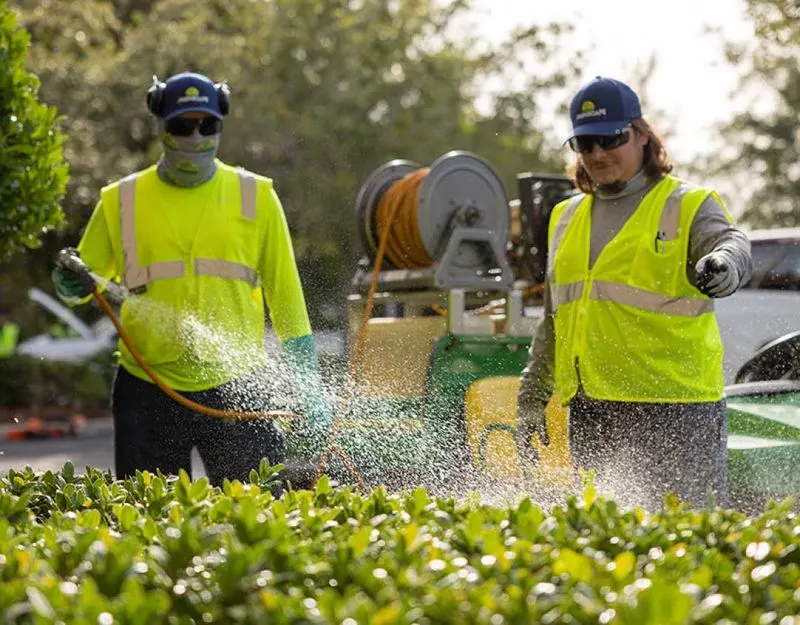
Integrated Pest Management (IPM) combines different techniques to manage pests in an eco-friendly manner. This approach minimizes chemical use and focuses on long-term prevention.
By monitoring pest levels and using natural controls, gardeners can maintain plant health and biodiversity. IPM encourages responsible and informed pest management.
Community workshops on IPM can enhance understanding and adoption of this sustainable practice. Sharing experiences and solutions helps build a resilient garden ecosystem, reducing reliance on harmful chemicals and promoting healthy plant growth.
Natural Fertilizers
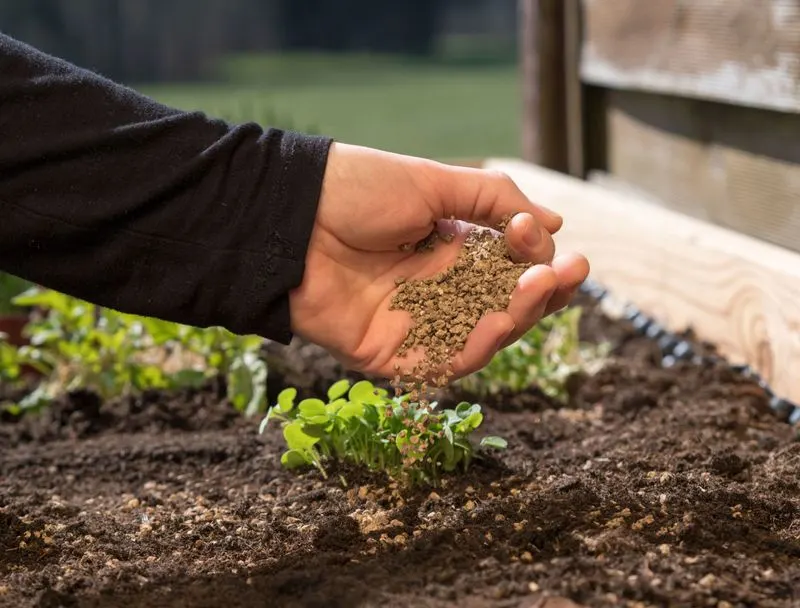
Natural fertilizers, like compost and manure, enrich soil without harmful chemicals. These organic options enhance soil structure and nutrient content.
Using natural fertilizers supports plant health and reduces environmental impact. Compost tea, a liquid extract from compost, is a popular choice for its nutrient-rich benefits.
Educating the community on making and using natural fertilizers promotes sustainable gardening. By adopting these practices, the garden can thrive with minimal environmental disruption, ensuring healthy growth for a variety of plants.
It’s a simple yet impactful way to nurture the garden sustainably.
Herb Spirals
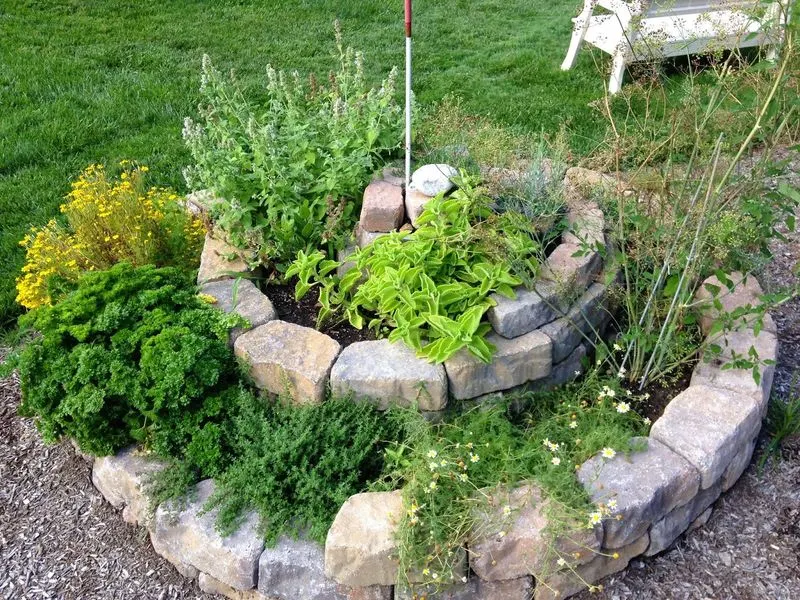
Herb spirals are a creative way to grow herbs in a small space. This design mimics natural landscapes, providing diverse conditions for different plants.
The spiral shape offers varying light, moisture, and soil depths, suiting various herbs’ needs. It’s an efficient and aesthetically pleasing gardening method.
By constructing herb spirals, community members can explore innovative planting techniques. This practice encourages creativity and efficient space use, enhancing the garden’s sustainability and visual appeal.
It’s a fun and educational project for gardeners of all ages.
Biodiversity Enhancement
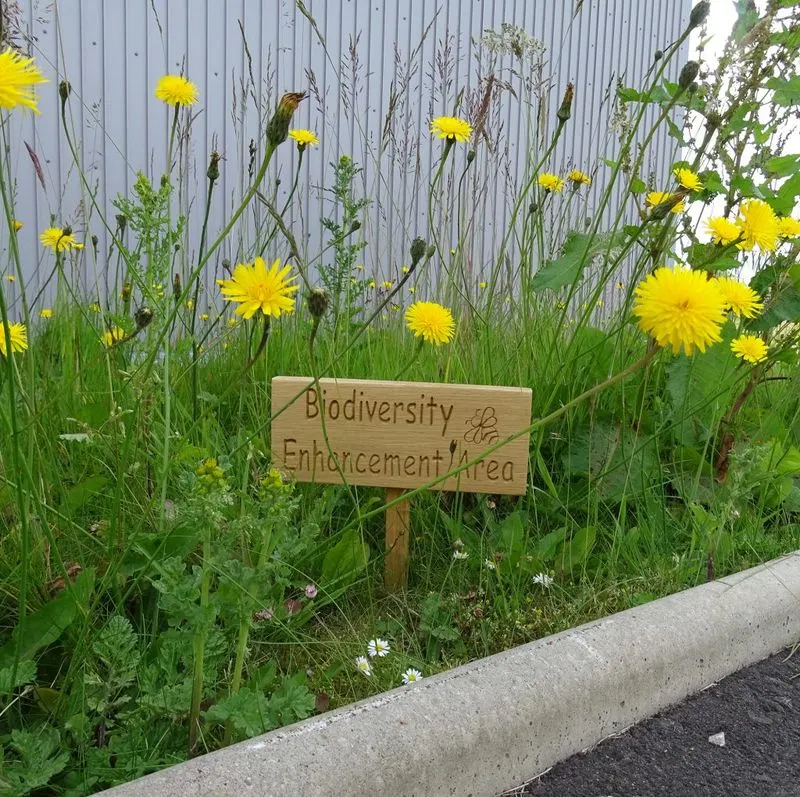
Enhancing biodiversity involves cultivating a wide range of plant and animal species. This practice strengthens the garden ecosystem and promotes resilience.
Diverse plantings support various wildlife, including beneficial insects and birds. They also improve soil health and pollination, leading to better crop yields.
Involving the community in biodiversity projects raises awareness of ecological interactions. Encouraging diverse plant selections and documenting local wildlife enriches the gardening experience.
It’s a rewarding way to support nature while enjoying the benefits of a thriving garden.
Efficient Garden Design
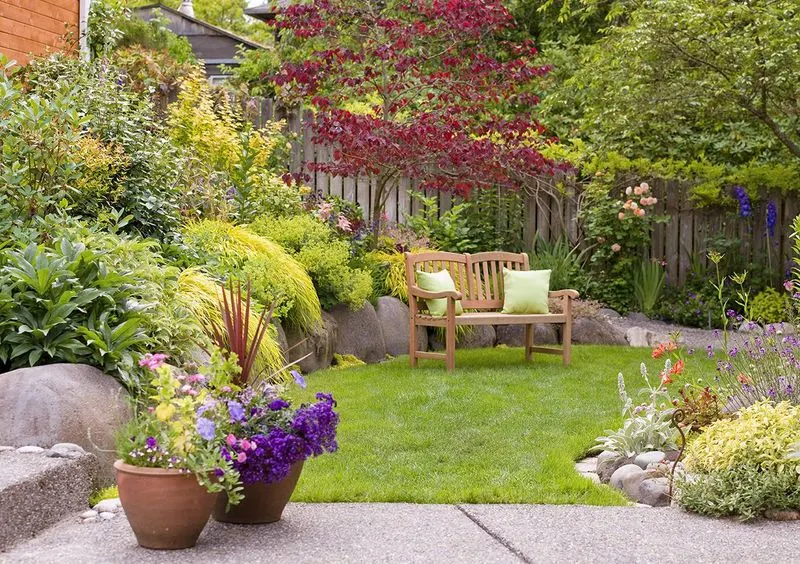
Efficient garden design optimizes space and resources, creating a productive and accessible environment. Thoughtful layout planning includes pathways, raised beds, and communal areas.
Raised beds improve soil drainage and accessibility, while pathways ensure easy navigation. This design balances aesthetics and functionality for a harmonious garden.
Engaging the community in garden design discussions empowers members to contribute ideas and expertise. This collaborative approach ensures the garden meets everyone’s needs, fostering a sense of ownership and pride.
It’s a strategic way to enhance garden sustainability and enjoyment.
Educational Outreach
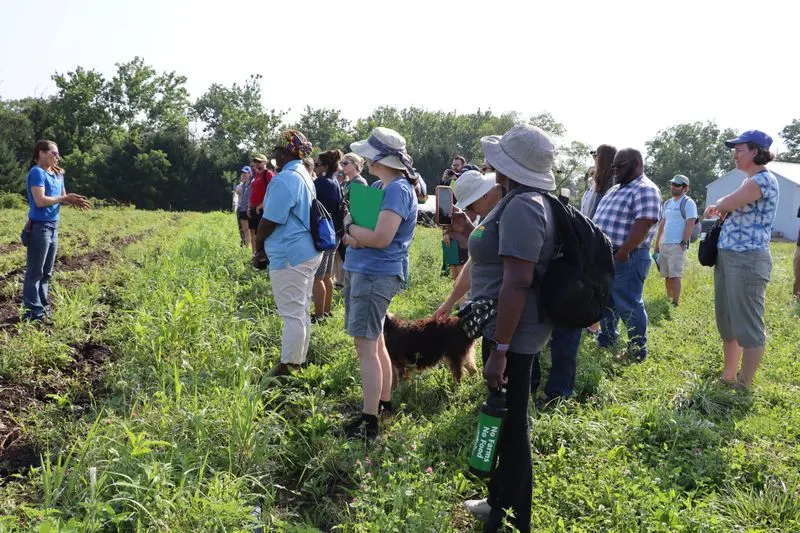
Educational outreach spreads knowledge and inspires sustainable practices. Workshops and demonstrations provide valuable learning opportunities for community members.
Offering classes on topics like composting, plant care, and pest management fosters a culture of continuous improvement. These events can attract new members and build community bonds.
Promoting education in the garden encourages everyone to adopt sustainable practices. Sharing knowledge empowers individuals to make informed decisions, benefiting the entire community.
It’s an investment in the future success of the garden and its stewards.

